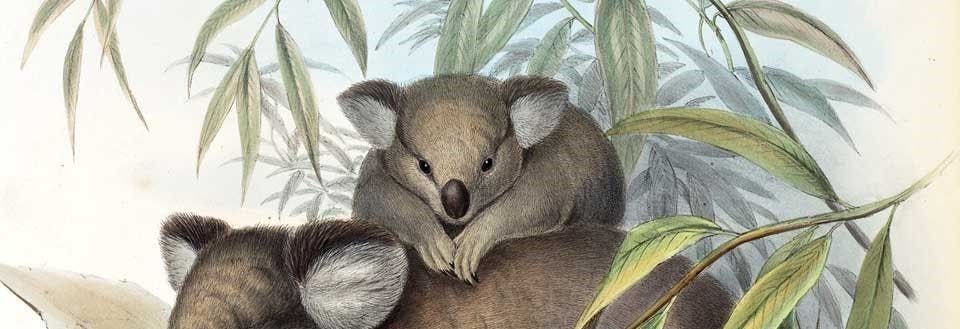Hawkesworth, John (1715?-1773).
An Account of the Voyages ... in the Southern Hemisphere. London: Printed for W. Strahan and T. Cadell, 1773.
The first voyage of James Cook was a watershed in the history of scientific exploration. The scientists on board were not naval officers, but civilians, led by Joseph Banks, a young and energetic botanist and member of the Royal Society of London. He recruited (and paid the salaries of) another botanist, an avid Linnaean named Daniel Solander, and a German naturalist, Herman Spöring, as well as two artists. Cook’s ship, the Endeavour, left England in 1768, sailed around South America (observing the natives of Tierra del Fuego), proceeded on to Tahiti (to observe a transit of Venus across the sun) and then stumbled on New South Wales, the eastern coast of Australia, in 1770. The naturalists were quite busy in this new country; Banks himself collected nearly a thousand plants for his herbarium, and one of the artists, Sydney Parkinson, drew these as rapidly as they were collected. The crew became the first Europeans to observe a kangaroo, and several specimens were collected.
Because Cook was considered (quite incorrectly) to be incapable of writing a literate narrative of the voyage, that task was turned over to John Hawkesworth, with mixed results. Fortunately, the illustrations speak for Cook much better than Hawkesworth did.

